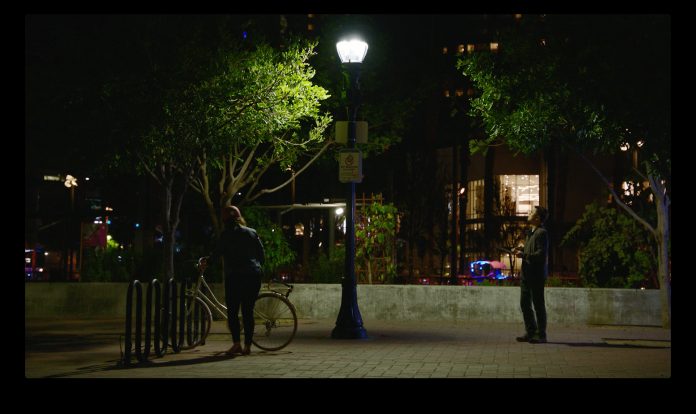What smart-city lighting deployments are particularly innovative? That was the question Enterprise IoT Insights put to market commentators, during its research for a new editorial report (available tomorrow), which considers how smart lighting, in buildings and cities, is being used as a springboard for other smart applications.
One of the best answers was from Ryan Citron, senior research analyst at Navigant Research. “Cities such as San Diego, Copenhagen, and Eindhoven are leading the way in the development of advanced and large-scale smart street lighting programmes with multiple smart city applications,” he said. Here is his response in full.
San Diego, United States
“San Diego is working with an array of private partners, including Intel, AT&T, and GE Current to deploy 4,200 intelligent nodes throughout the city that can enable air quality measuring, gunshot detection, and the tracking of traffic flow of both vehicles and pedestrians.
“The nodes are providing the city with the capability to assist first-responders with emergencies, adjust traffic signal timing, and identify what intersections can be improved for pedestrians and cyclists. Roughly 14,000 street lights will also be upgraded to run on smart LEDs as part of the project.
“With roughly 4,700 smart streetlights already installed, the city is beginning to see monthly energy savings around $70,000. When all 14,000 fixtures are converted, the city expects annual energy savings of $2.8 million per year.”
Copenhagen, Denmark
“Copenhagen is working with Itron, Citelum, SELC, and the Copenhagen Solutions Lab on its smart street light deployment. The Solutions Lab works to bridge the gaps between the public and private sector by connecting manufacturers with municipal leaders to deploy innovative smart city innovations.
“One of the applications being tested is the use of intersection-based occupancy sensors and light controls to provide extra lighting to bicyclists as they cross intersections. Other applications are using smart traffic signals as part of the green wave bike system to help cyclists avoid red traffic lights and guide them to the fastest routes.”
Eindhoven, Netherlands
“Eindhoven is already using sensor-activated lighting systems to dim street lights, and colored lighting in pavement to provide safety indicators at pedestrian and bicyclist crossings.
“Its Roadmap Urban Lighting Eindhoven 2030 project aims to build on these deployments through innovative new uses of lighting. Pilots are expected to include lighting to guide emergency services toward areas in need, and adaptive lighting that responds to changing weather conditions.”

